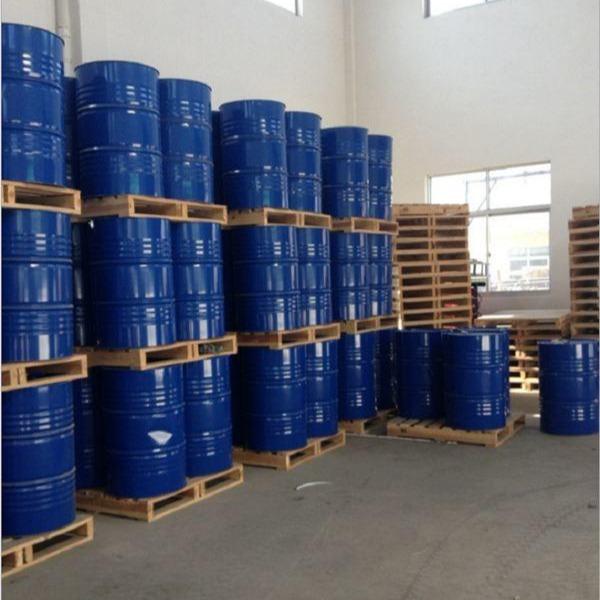-
CAS 110-86-1
Read more -
CAS 110-91-8
Read more -
CAS 108-10-1
Read more -
CAS 120-92-3
Read more -
CAS 872-50-4
Read more -
CAS 127-19-5
Read more -
CAS 123-39-7
Read more -
CAS 64-67-5
Read more -

1,2,6-Hexanetriol
CAS:106-69-4Read more -

Glycerin
CAS:56-81-5Read more -

Trimethylolethane(TME)
CAS:77-85-0Read more -

Trimethylolpropane(TMP)
CAS:77-99-6Read more





